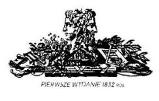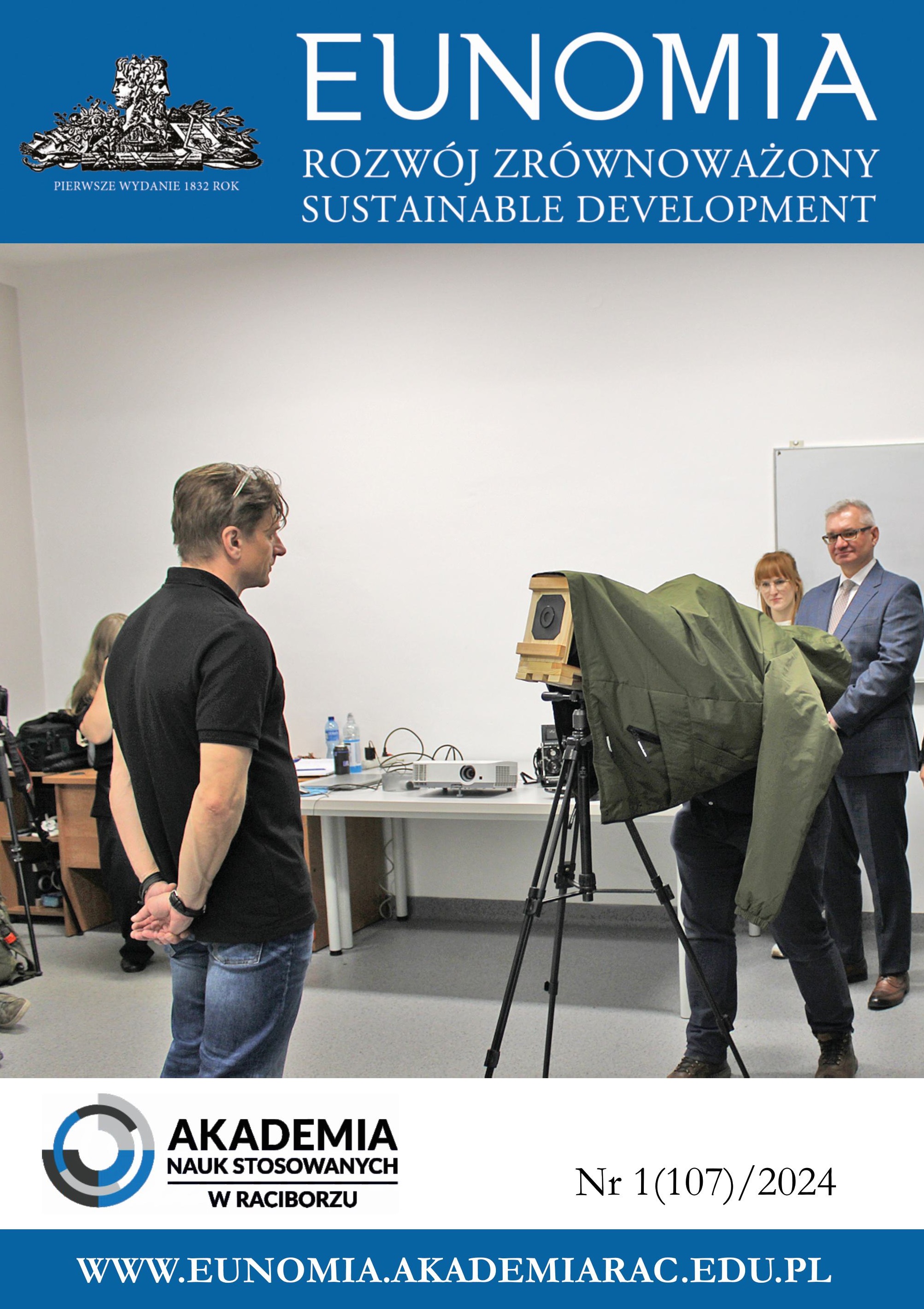THE ROLE OF THE REMOTE SENSING IN UNDERSTANDING THE IMPORTANCE OF IMPLEMENTING THE EUROPEAN GREEN DEAL PLAN
Keywords:
remote sensing role, European Green Deal, implementation of the EGDAbstract
This study aims to analyze dynamic environmental changes in Lublin through the use of remote sensing technology. The research is focused on evaluating air quality, vegetation dynamics, and city expansion from 2017 to 2023. Satellite images taken from the Sentinel-5P satellite on the EO Browser platform were used to analyze Lublin's air quality. Excessive NO2 concentrations have been found in the results, which indicate
potential risks to human health. Sentinel-2 satellite images were used to analyze and examine the dynamics of vegetation in Lublin by using NDVI. To monitor the decline in vegetation levels in Lublin, spectral bands and the QGIS program are used in the assessment. Urban expansion is studied using the "Urban Classified Script" (Sentinel-2 satellite). An increase in the built-up area of Lublin was observed by the research. The development and integration of remote sensing technology is essential to monitoring Earth's surface and has a big impact on environmental protection, scientific research, understanding global change, and the applicability of the European Green Deal.
Published
Issue
Section
License
Copyright (c) 2024 University of Applied Sciences in Raciborz

This work is licensed under a Creative Commons Attribution-NonCommercial-NoDerivatives 4.0 International License.


